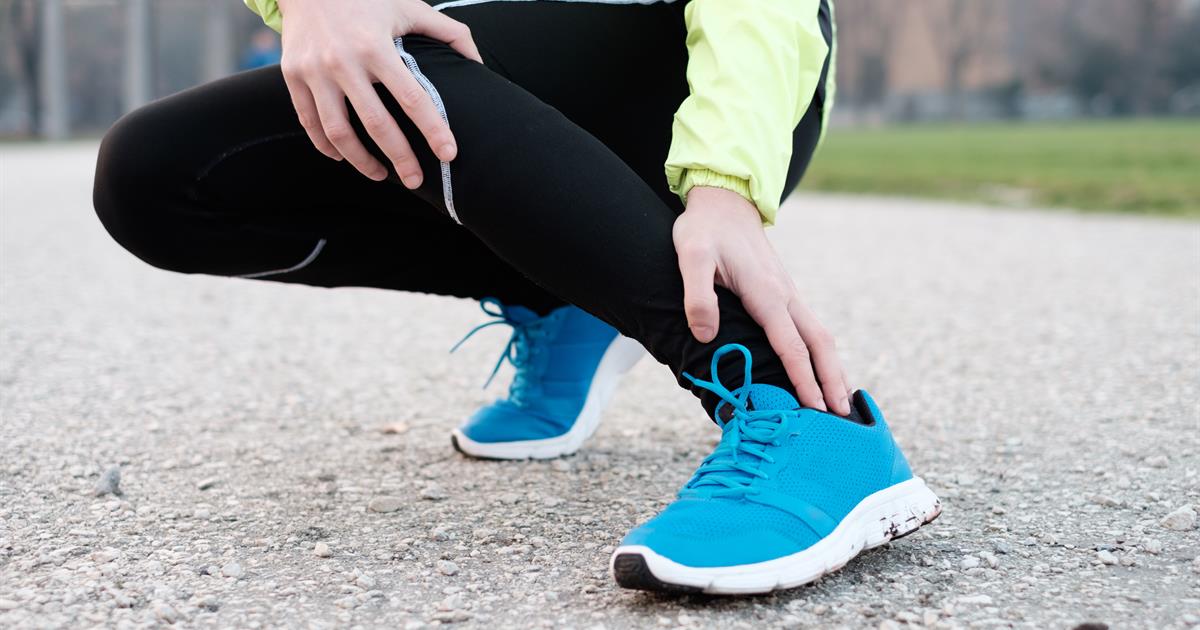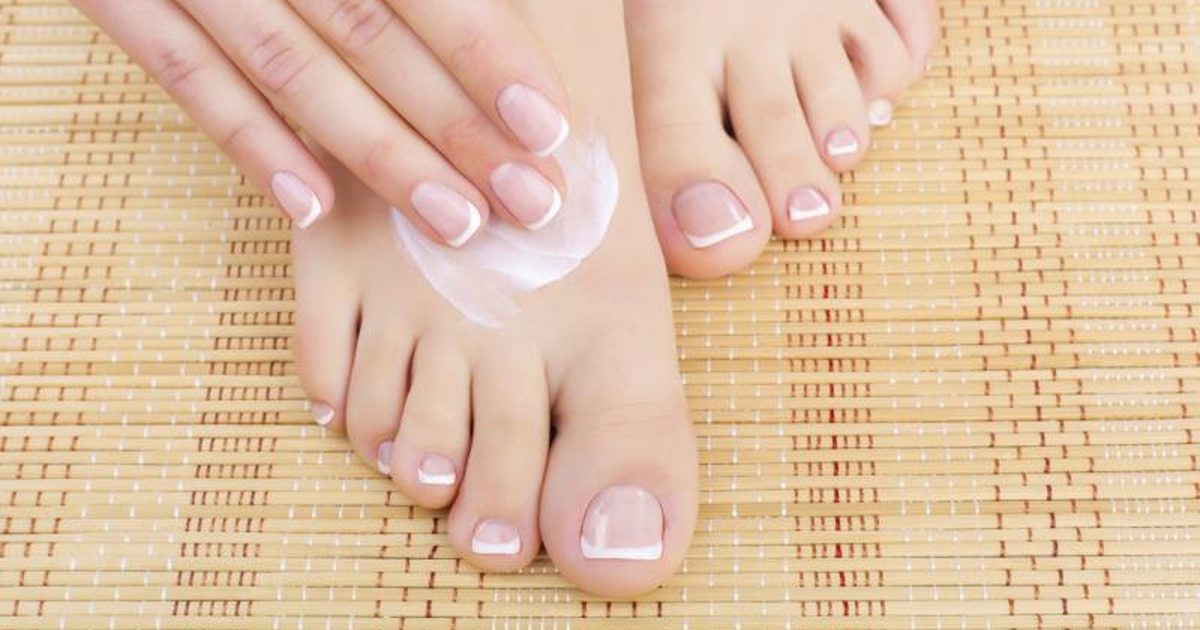Ways To Prevent And Treat Pitted Keratolysis
Pitted keratolysis is a type of bacterial skin infection with the ability to adversely affect the palms of the hands and the soles of the feet. While it's possible for this condition to cause issues on the hands, the feet are the most commonly affected areas of the body because of the high-moisture environment that occurs when individuals wear socks and shoes for lengthy periods. Patients will likely notice the presence of some very small pits and holes on the top layer of their skin. When suffering from pitted keratolysis, it's possible their feet will begin to smell. This condition occurs much more often among men than women. Along with the presence of pits and the odd smell that results from this condition, other symptoms include reddened skin, as well as aching and itching sensations. A variety of different bacteria can cause an individual to experience pitted keratolysis, all of which multiply in moist conditions. Learn about how to prevent and treat pitted keratolysis now.
Avoid Tight-Fitting Shoes And Socks

Among the best ways to prevent and even treat pitted keratolysis is to avoid tight-fitting shoes and socks. Wearing poorly fitted socks and shoes brings with it the risk of developing a wide range of harmful and annoying health problems, including swelling, varicose veins, numbness, and irritation. If an individual believes this issue is what's causing their pitted keratolysis, it's highly recommended they purchase some socks or shoes that fit properly and breathe well. For instance, cotton is considered to be a highly breathable material, which is why socks should be made from cotton. An individual's main goal should be to reduce the amount of moisture that develops on their feet. They could also consider wearing open-toed sandals to reduce the possibility of developing pitted keratolysis. Once individuals remove the source of the infection, it should dissipate entirely in around two to four weeks.
Continue reading to learn about more ways to treat and prevent pitted keratolysis.
Use A Topical Antibiotic Or Antiseptic

When diagnosed with a case of pitted keratolysis, it's likely patients will be told to use a topical antibiotic or antiseptic, of which there are many different types. Antibiotics are medications designed to slow the growth of bacteria so they can eventually be removed from the body. While antibiotics are unable to treat viral infections, pitted keratolysis is considered a bacterial infection. While an individual's immune system should be able to destroy some or all of the bacteria causing pitted keratolysis, antibiotics will make sure the bacteria don't become too prevalent. Slower growth means the bacteria can be killed more quickly and effectively.
Antiseptics are similar to antibiotics in that they can slow down or completely stop the growth of microorganisms like bacteria. Antiseptics usually come in the form of hand washes or hand rubs. When prescribed with a topical antibiotic or antiseptic, patients should make sure they only use as much as directed. Using higher amounts of any medication can create a range of side effects.
Learn more about treating and preventing pitted keratolysis now.
